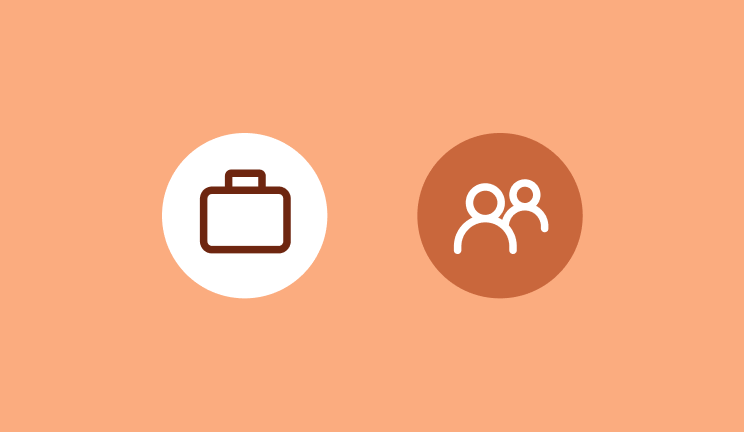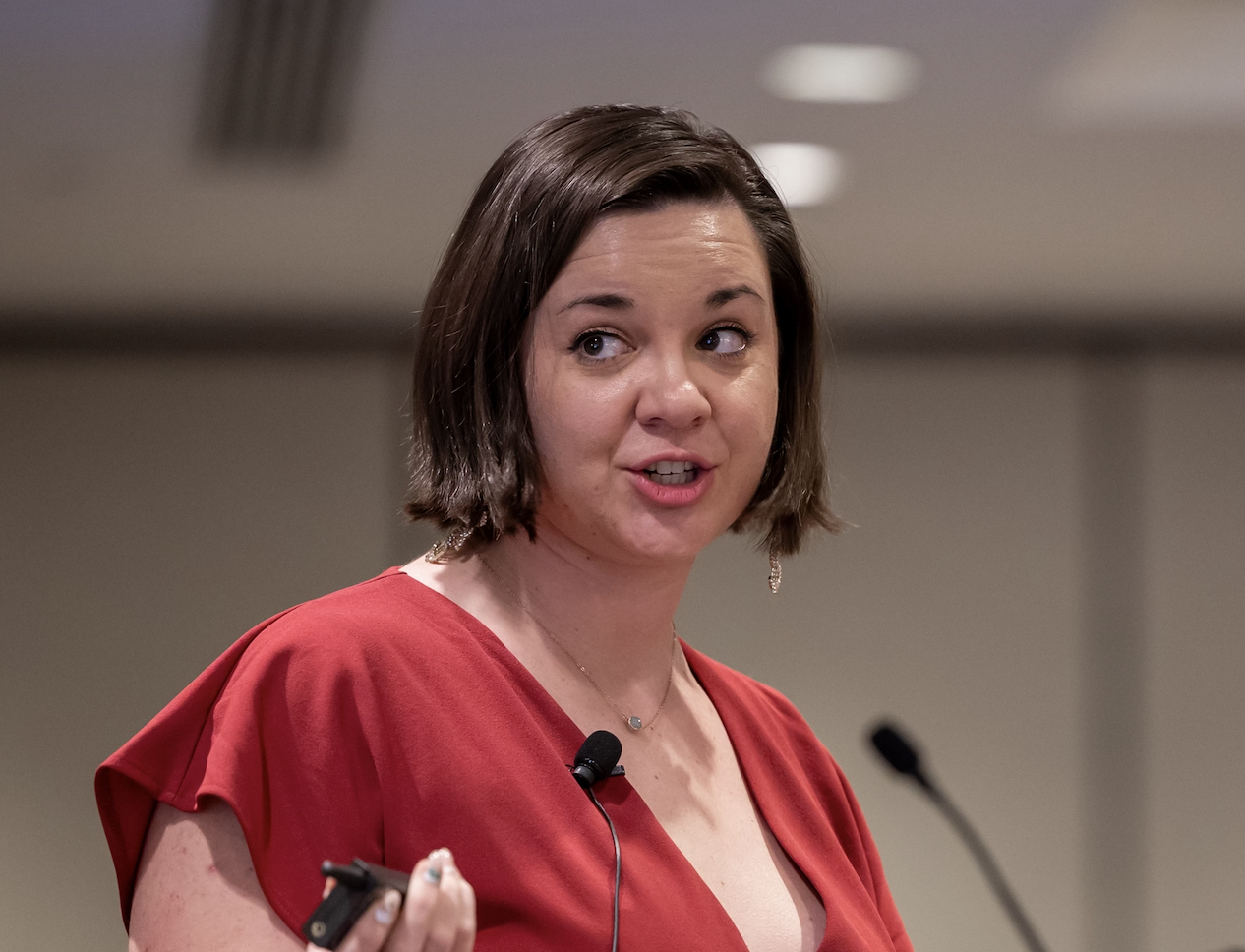Practical Financial Management: Keep Your Business And Personal Finances Separate
Consultant Brooke Benson discusses the importance of separating your business and personal expenses, and how that can help you make better, more confident decisions.

When I first started freelancing, I didn’t have a clear structure for how I managed my money. Client payments, personal bills and business expenses would flow into and out of the same checking account. I told myself it was fine because I wasn’t making “that much” yet, and I needed to be flexible.
The turning point came when I started treating my business like an ecosystem totally separate from myself. That one change gave me the visibility and control I had been missing. I could finally pay myself consistently, build financial buffers, and make smarter decisions without the stress of untangling a mess every time rent was due or a big invoice was delayed.
It was the first time money felt like a tool instead of a source of anxiety.
Why You Need Two Financial Ecosystems
For self-employed people, especially creatives and service providers, it’s common to blur the lines between personal and business money. After all, it’s all your income, right?
That mindset can lead to serious confusion. When you manage everything from a single account, it becomes difficult to track what your business actually costs to operate, what you’ve already committed to spend, and how much of your balance is actually available for personal use.
Over time, this creates unnecessary anxiety. You hesitate to invest in your business. You feel guilty paying yourself, and you constantly wonder whether you’re doing something wrong, even when you’re earning decent money.
Treating your business as a separate entity, even if you’re a sole proprietor, brings a sense of structure that can change everything. It lets you build clarity and confidence.
Identify What Belongs Where
Before you open new accounts or set up systems, you need to understand what’s actually personal and what’s business.
Personal expenses typically include things like rent or mortgage, groceries, health insurance, transportation, and personal subscriptions like Netflix or Spotify.
Business expenses, on the other hand, cover tools and services you use to work: website hosting, design platforms, accounting software, contractors, marketing, continuing education, and taxes.
Start by labeling each transaction in your current account. You might be surprised by how many personal purchases have been covered by business income, or how many business tools are still linked to your personal account.
This clarity makes it easier to set intentional boundaries going forward.
Set Up Two Separate Accounts
I get it. You might be thinking: “I don’t make enough yet to separate anything,” but my point is that you don’t need to.
You don’t need to wait until you’re making a certain amount of money to separate your finances. In fact, it’s even more important to create structure early so you can have sensible systems in place as you grow.
Start with two checking accounts: one for your business and one for personal use. Direct all client payments into your business account and pay yourself from there, just like an employer would. Make sure all of your household and personal payments come from your personal account.
With these two accounts in place it will be dramatically easier to see when you have a shortfall, and plan out your investments accordingly.
Structure Your Accounts
If you have ADHD like me (or just a creative brain), visibility matters. Instead of one vague “business savings” account, you might want to consider creating labeled “buckets” within your account. Not every bank allows you to do this, but my bank does and I really love it.
Creating these labeled sections is a simple but powerful way to stay on top of everything without juggling multiple spreadsheets or logins.
Here’s what mine look like:
- On-Deck Buffer: Three months of operating expenses, ready for slower seasons.
- Taxes: I automatically set aside 25% of every payment here.
- CPA: So I’m never surprised by her invoice.
- Investments: Funds for upgrades, tools, and future hires.
- Rent Reimbursement: Because I work from home and need to pay myself back at year’s end.
Each category gives me a clear snapshot of where I stand today, which makes it easier to make decisions about where my money needs to go tomorrow.
The goal isn’t to be perfect, it’s to get used to treating your business like something real, with its own structure and responsibilities. That shift, even early on, changes the way you approach everything from spending to pricing.
Separating your business and personal finances won’t solve everything overnight, but it will change your relationship with money in a meaningful way.
But that lack of separation made it nearly impossible to understand what I could safely spend, how much I should be saving for taxes, or whether my business was even profitable. Every financial decision felt reactive, and it left me feeling like I wasn’t running my own business. This content is for informational purposes only and is not intended to be relied upon as legal, financial, or accounting advice. Please consult your own professional if you have any questions
Stay Connected with Brooke
Brooke Benson is a thriving artist, money coach, and business owner in New York City, on track to retire as a multi-millionaire. Her company, Not Starving Artists, empowers creatives, neurodivergents, service providers, & small business owners to become financial CEO’s of their life, business, and career.
.png)
